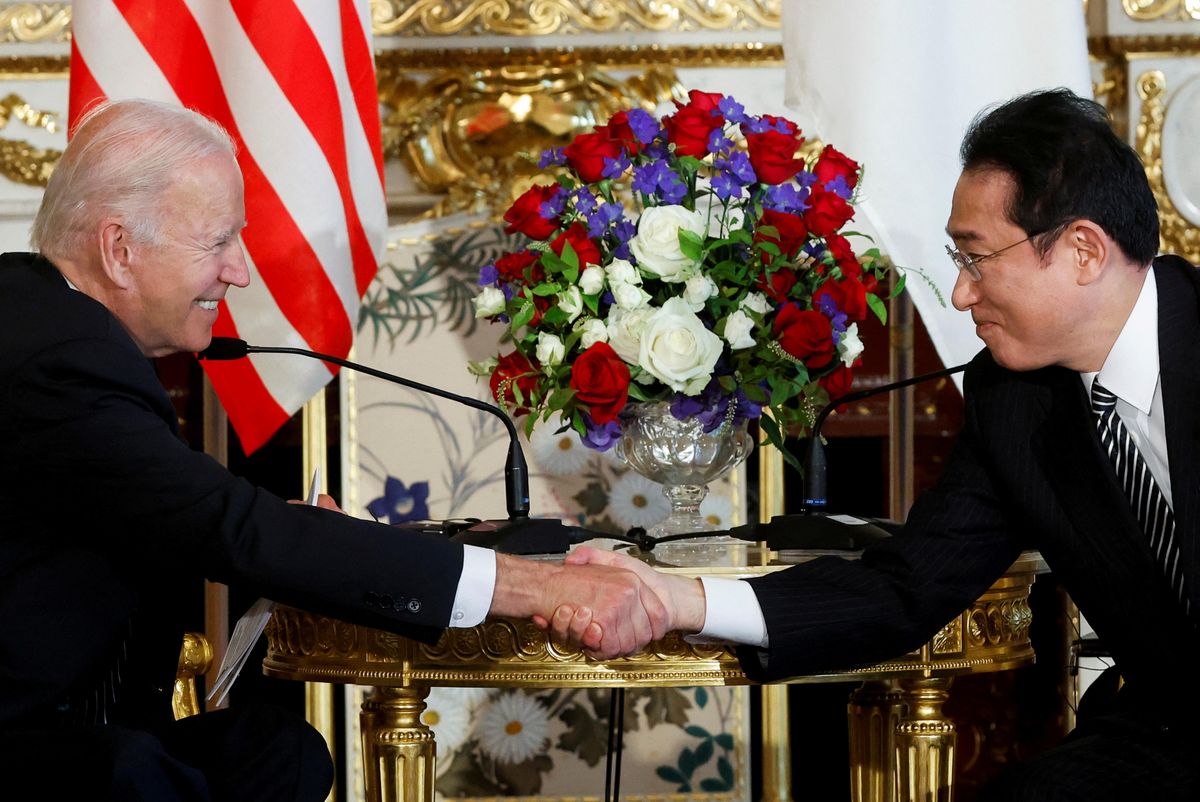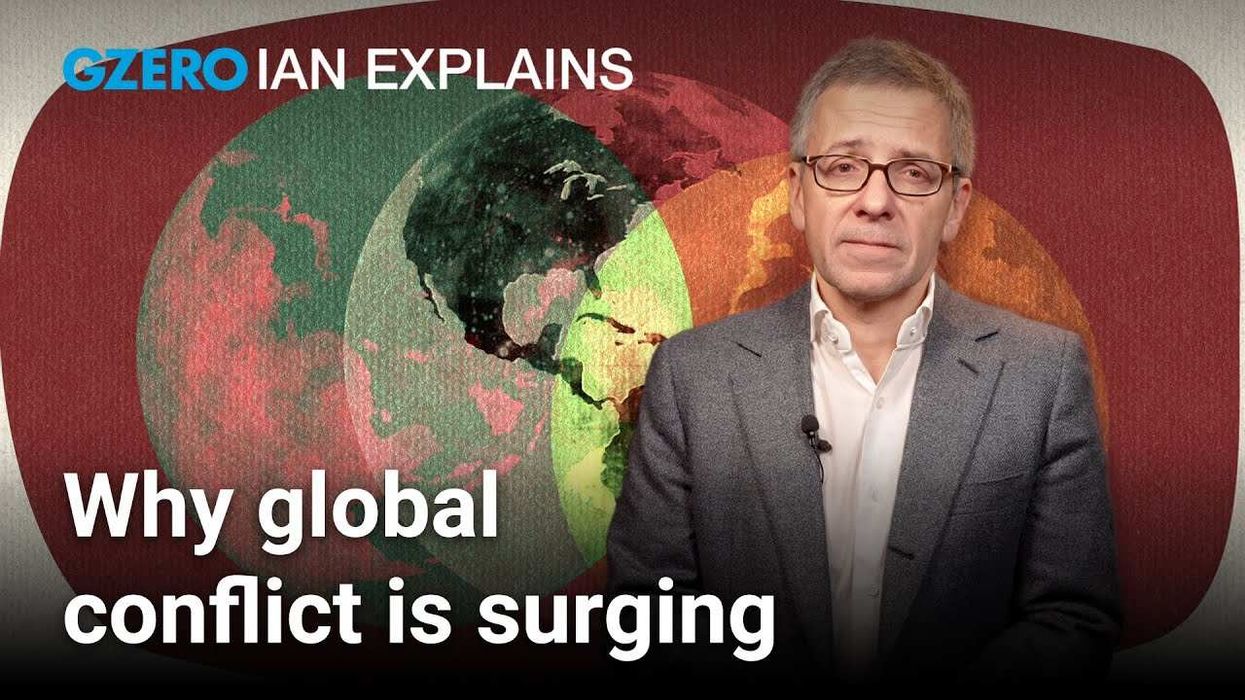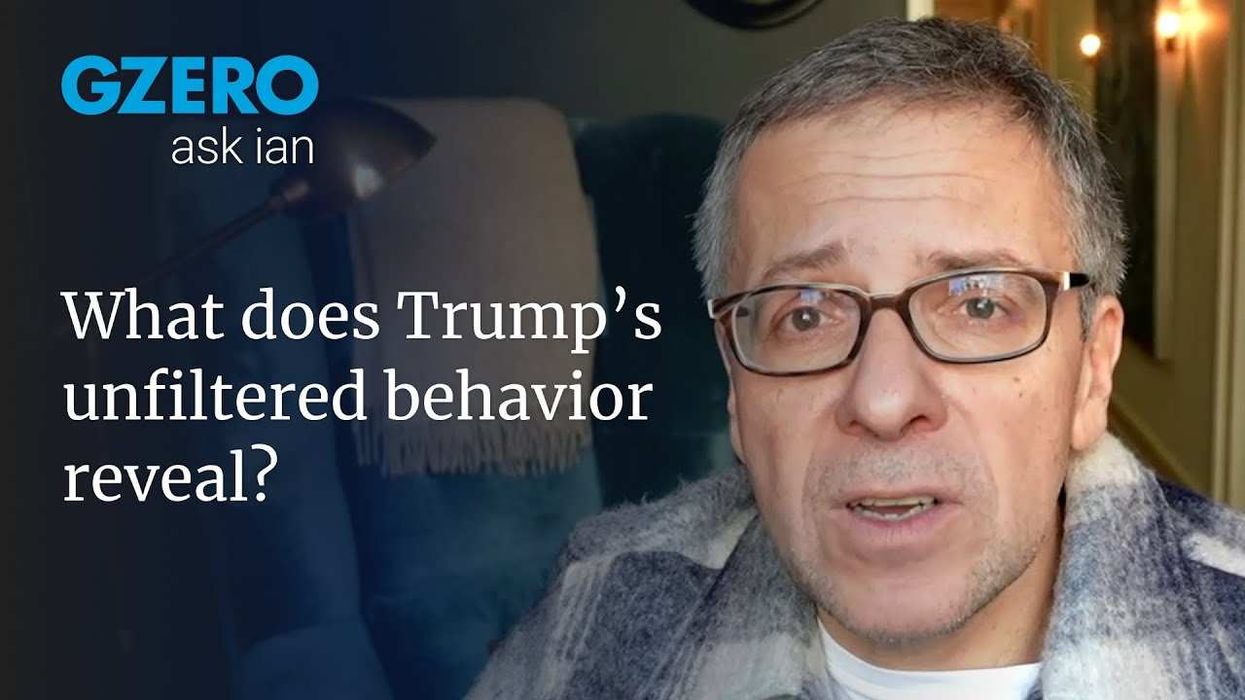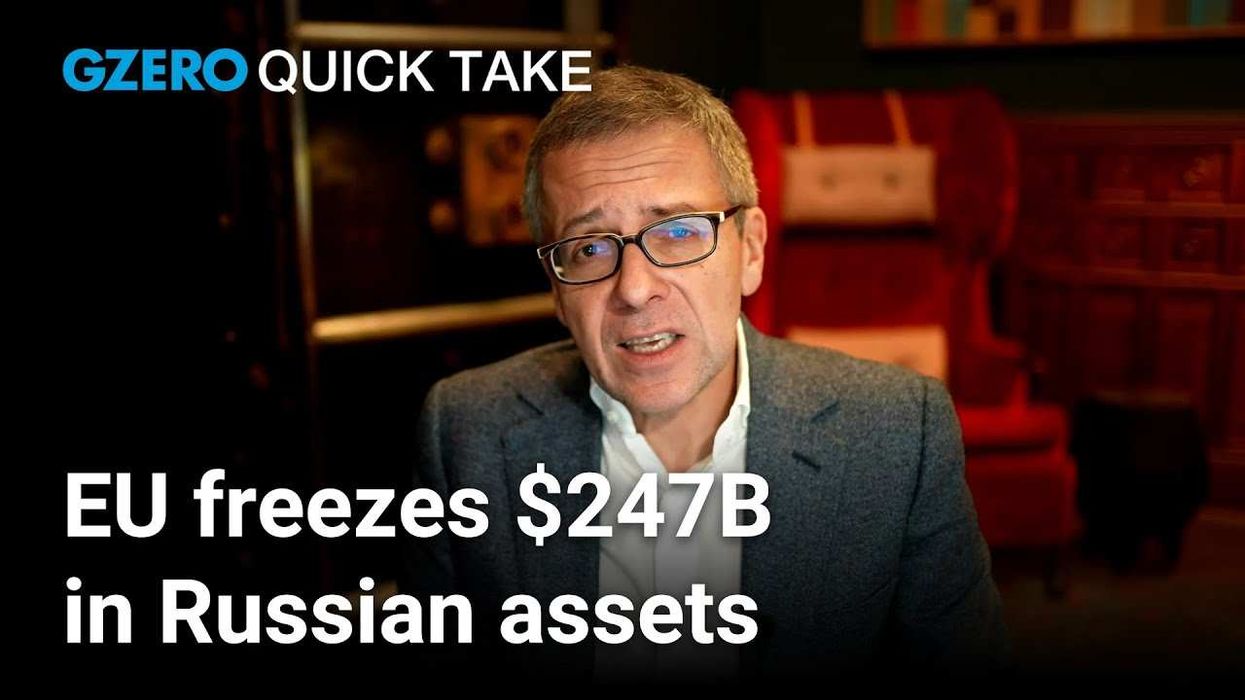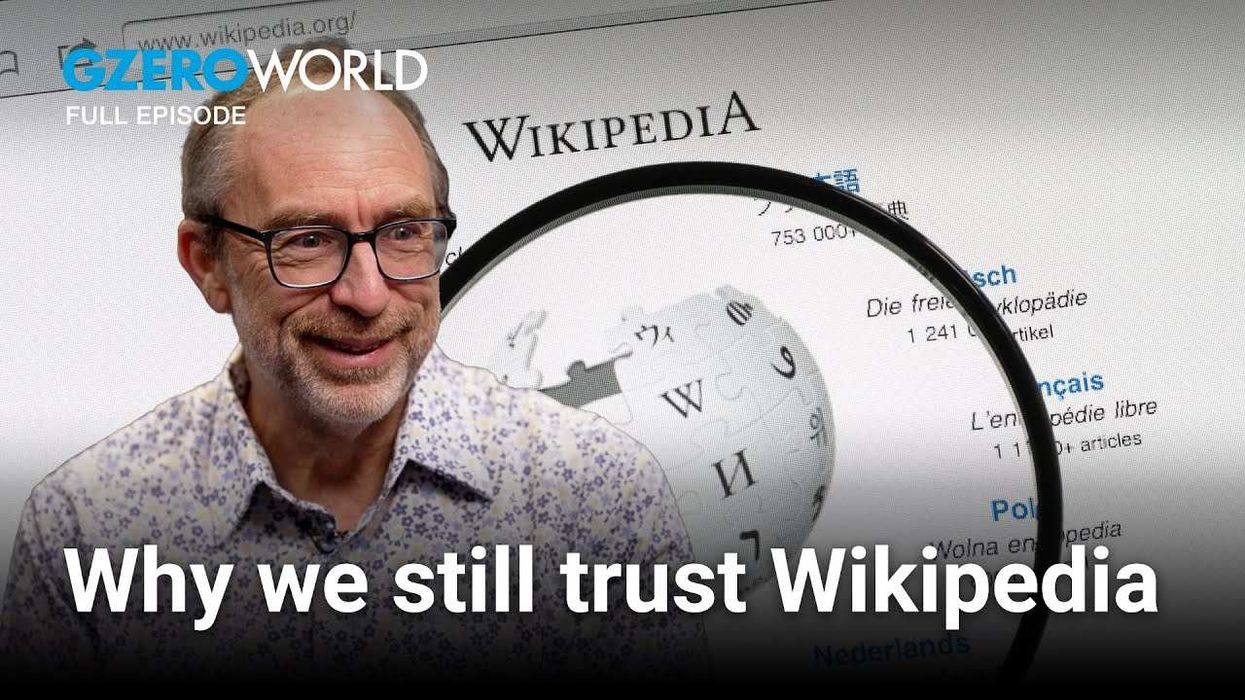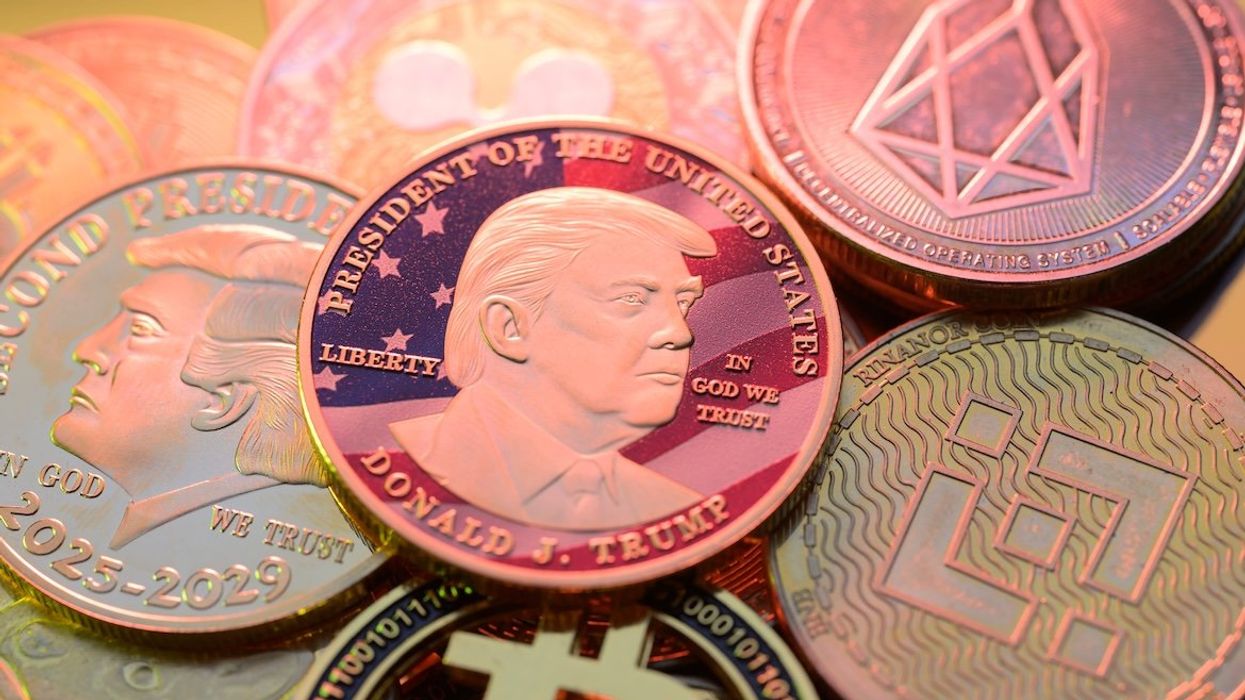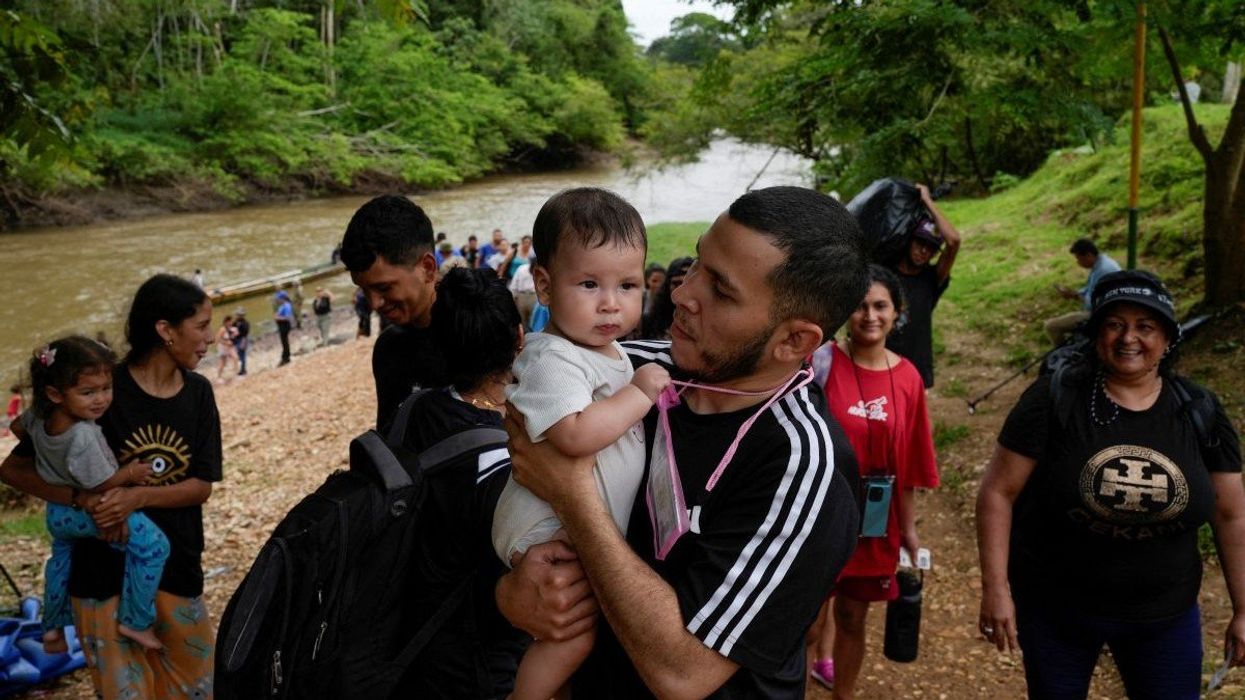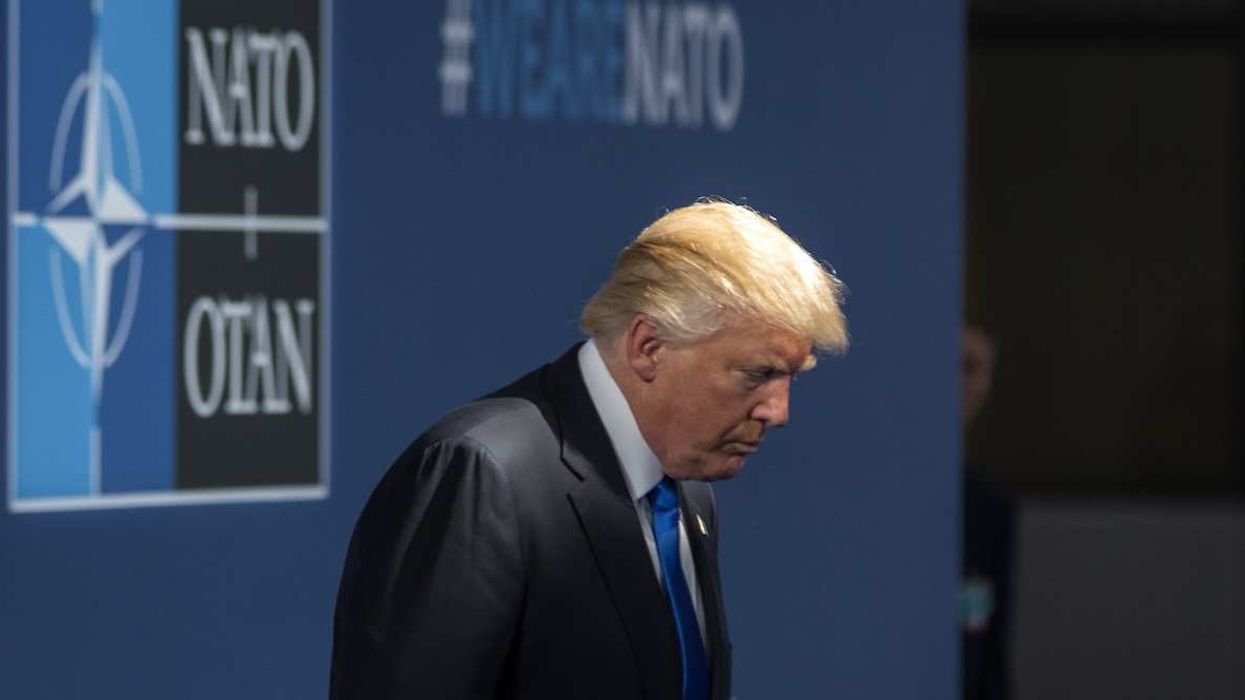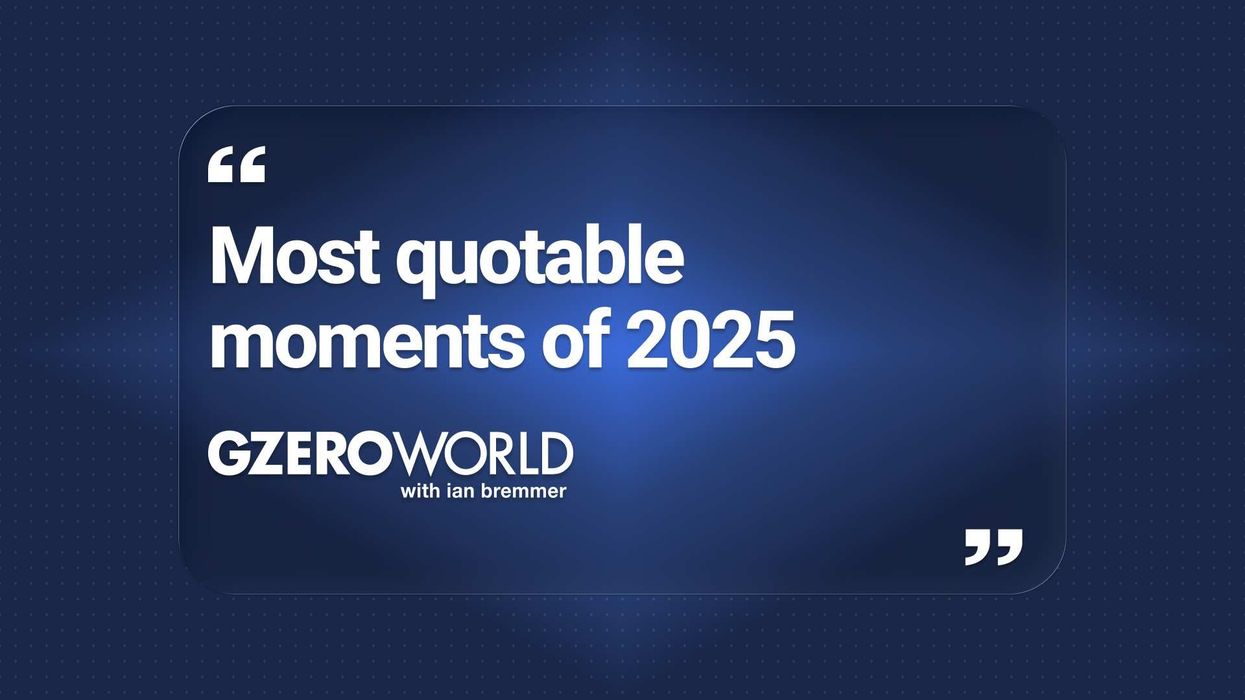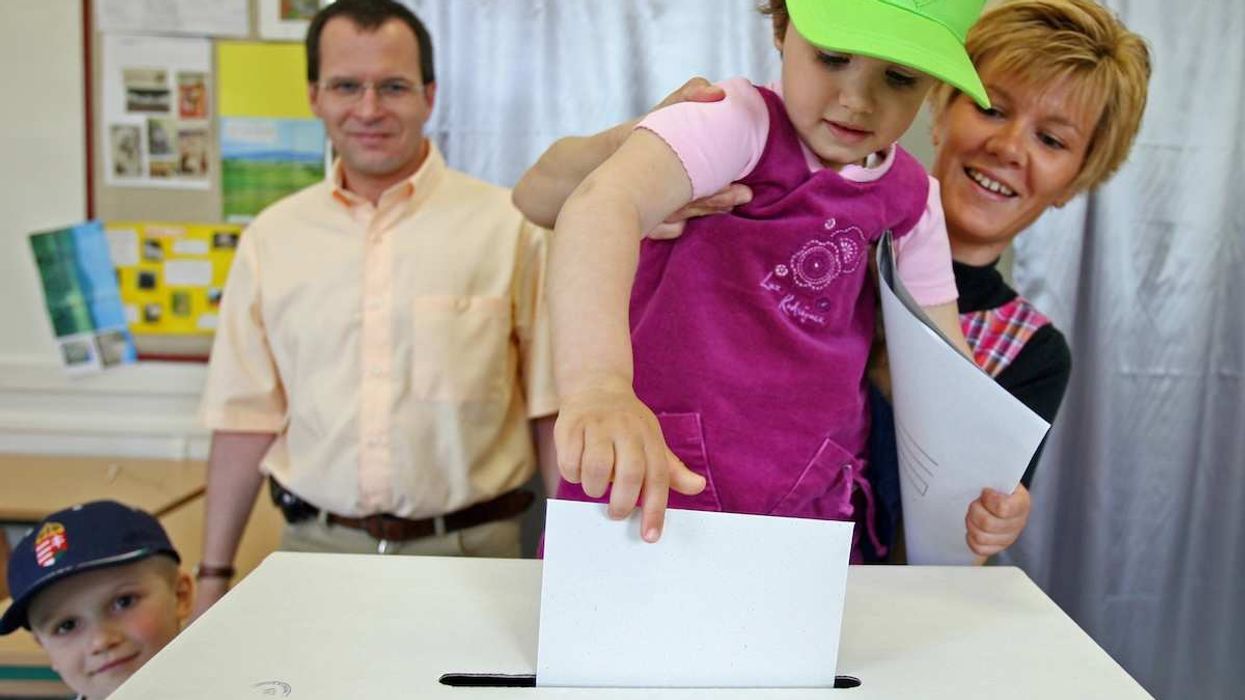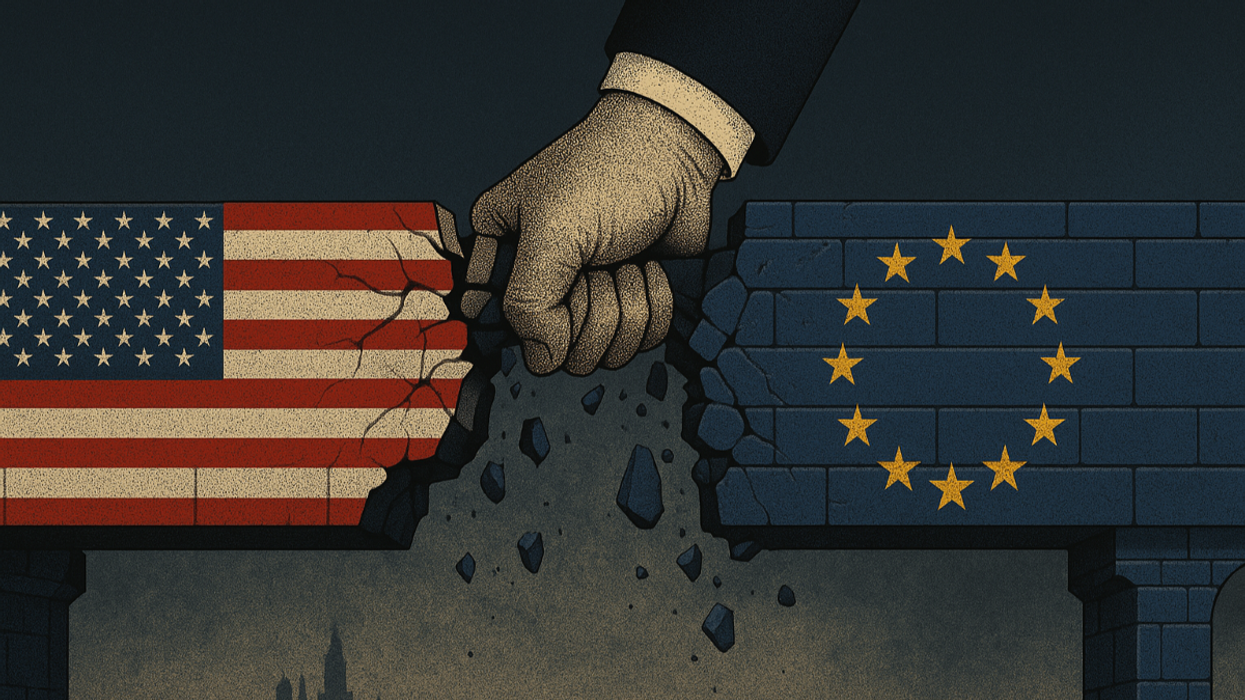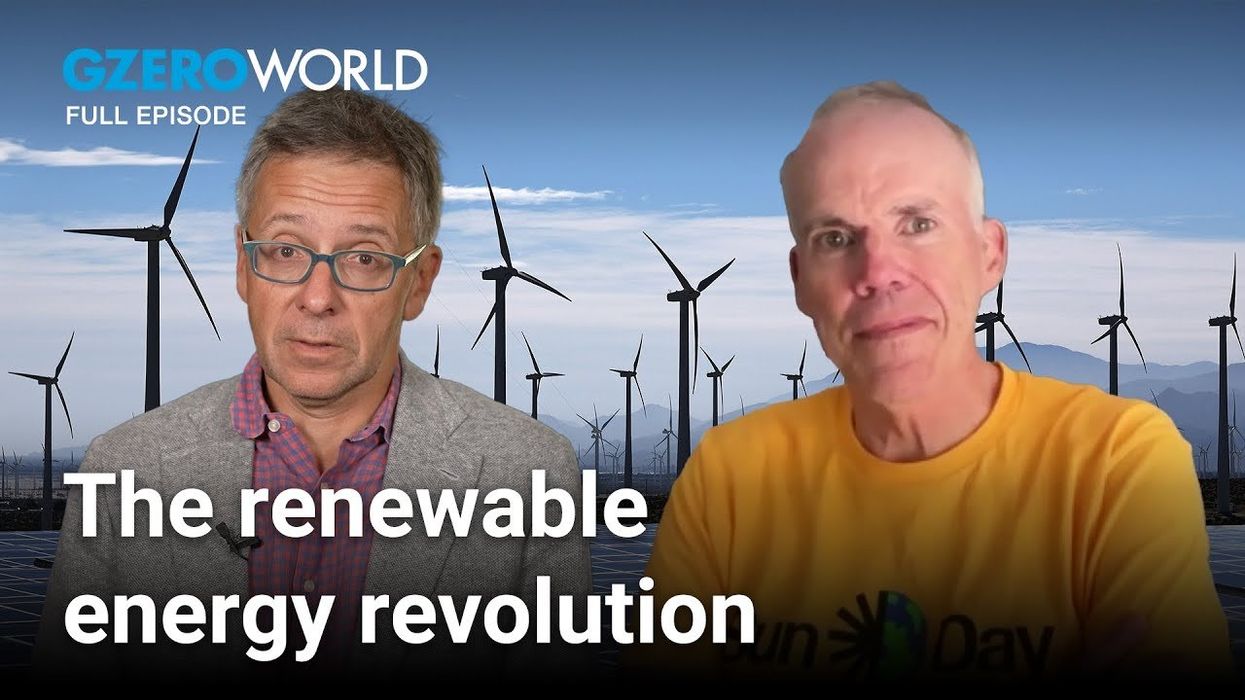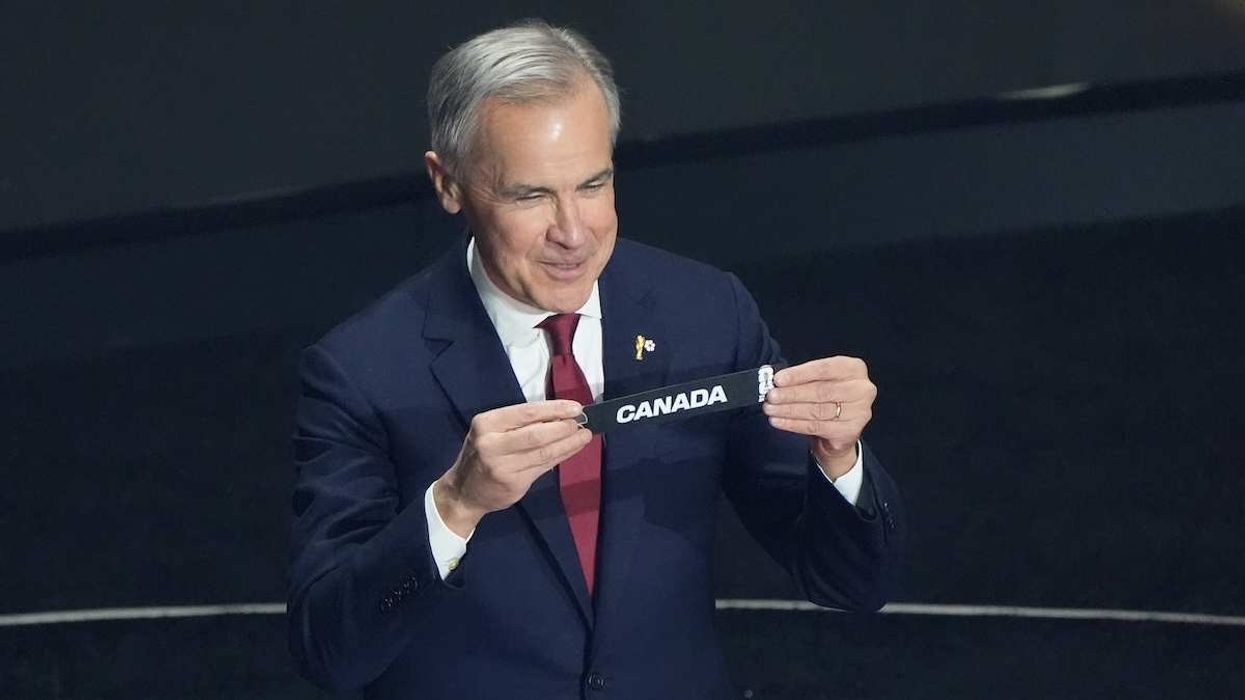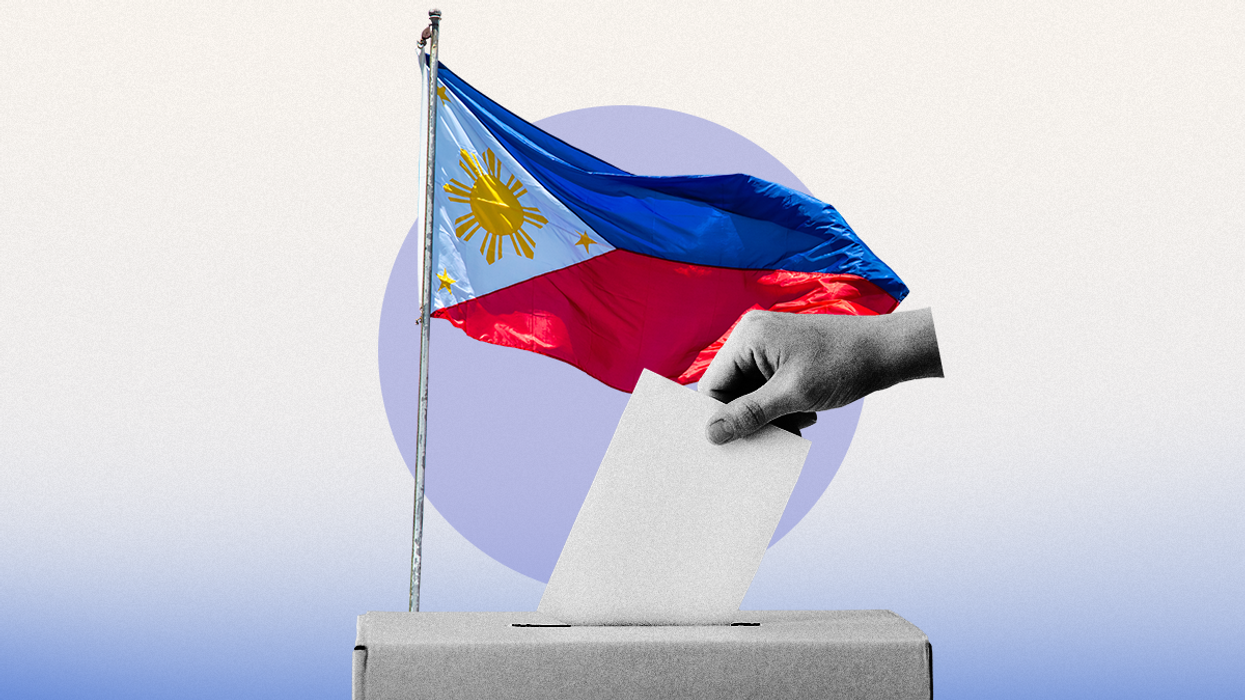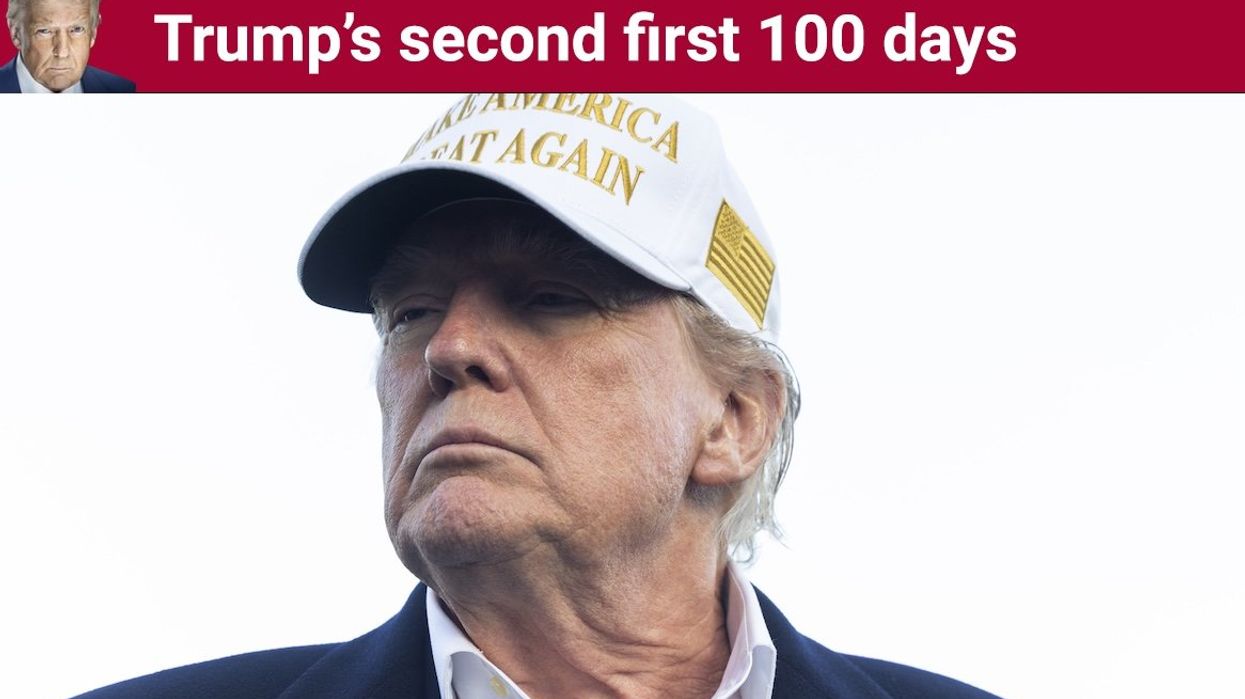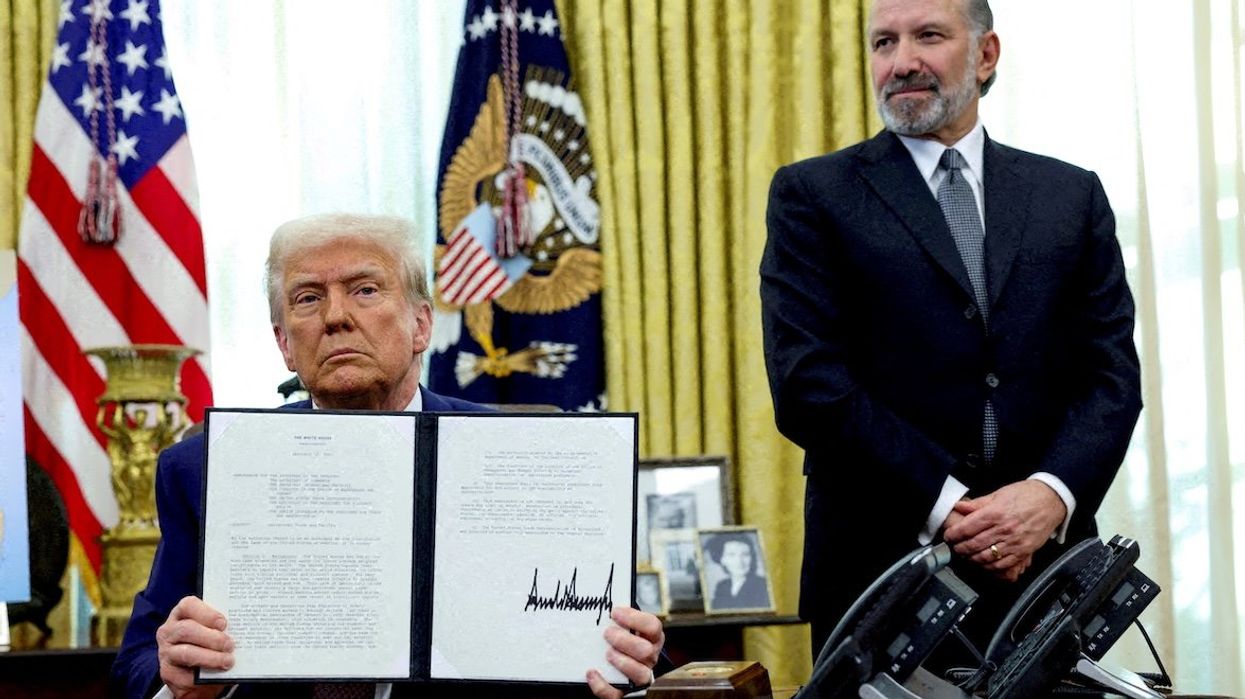Japan’s Prime Minister Fumio Kishida will meet with US President Joe Biden on Friday. Although they met on several occasions in 2022, including in Tokyo and in New York, this meeting will be Kishida’s first at the White House. Plans for a visit a year ago were derailed by the pandemic.
Kishida arrives at a moment of political weakness. After the assassination of former PM Shinzo Abe in July, Kishida has had to fend off domestic criticism of his decision to hold a state funeral for Abe, deal with public anger over the ruling Liberal Democratic Party’s ties to the Unification Church (or the “Moonies”), and tame rising inflation. But he hasn’t had much success. His approval ratings began to nosedive in July and by year-end were at rock bottom for a Japanese prime minister, in the low 30s.
Kishida will probably enjoy being away from the full-contact sport of Japanese domestic politics during his trip and instead being back in the diplomatic limelight. He served as Abe’s foreign minister for nearly five years, so he is very comfortable in that more civilized milieu.
To get a preview of Kishida’s meeting with Biden, we had a chat with David Boling, Eurasia Group’s lead Japan analyst.
Why is Kishida coming to Washington now?
A big reason is the Japanese domestic political calendar. Japan’s parliament is between sessions right now, with the next one starting at the end of the month. It’s the ideal time for Kishida to get out of Tokyo.
Also, Kishida hopes that meeting with Biden may boost his sagging approval ratings. This trip to the White House will be top news in Japan, dominating all media outlets. Having the White House as the backdrop will be a nice political win for Kishida, who has not had many lately.
Finally, Japan holds the G-7 presidency this year, with the May summit taking place in Kishida’s home electoral district of Hiroshima. Kishida wants to set Japan’s priorities, including on nuclear non-proliferation and national security. He also traveled this week to France, Italy, the UK, and Canada to meet with those countries’ leaders. The White House will be his last stop, yet by far the most important one on this trip.
What does Kishida want out of the visit to Washington?
Summits always have an overarching theme. This one’s focus will be national security. In the lead-up to Kishida’s meeting with Biden, there was a so-called 2+2 meeting on Wednesday of the US and Japanese foreign and defense heads. They’ll be shaping the agenda for the leaders’ meeting.
Kishida will want Biden to reiterate his full support for Japan’s historic defense buildup plan, Japan’s presidency of the G-7, and Japan’s new two-year term as a non-permanent member of the UN Security Council. Kishida may also raise deepening military cooperation with the US to protect remote Japanese islands near Taiwan.
Kishida would like to achieve with Biden what Abe did with former US President Donald Trump, that is, a kind of bromance. Kishida and Biden work well together, but they haven’t achieved the Abe-Trump level of closeness yet.
And what about Biden?
Japan has become America’s indispensable partner in pushing back against Chinese expansionism in Asia. Japan led the effort to create the Quad (a forum for defense cooperation among Australia, India, Japan, and the US) and the Free and Open Indo-Pacific initiative (which aims to counter China’s influence in the region). The US has embraced both.
The US-Japan alliance is as strong as it has ever been, largely in response to China’s growing belligerence. So, Biden will want Japan to just keep on keeping on.
Japan recently announced a plan to ramp up defense spending – how will that affect relations with the US, a treaty ally?
Biden will give Kishida a high five on Japan’s plan to double its defense spending to 2% of GDP. The US has been urging Japan for years to get real about the security threats coming from China and North Korea. Russia’s war in Ukraine has been the catalyst for Japan’s big rethink on defense, on which it has historically spent very little (compared to many NATO members, for example).
When Japan released its new National Security Strategy in mid-December, Washington in essence texted a big heart emoji to Tokyo. The White House, State Department, and Defense Department all issued press releases praising it. That’s remarkable.
What other topics will they discuss?
Economic security, an offshoot of national security, will also be on the agenda.
For instance, Kishida and Biden will discuss topics such as US export controls on selling advanced semiconductors to China, supply-chain resiliency in critical sectors, and how to counteract China’s economic coercion. In short, they’ll discuss trade not purely for trade’s sake but also for its impact on national security – directed at China.
Because these days, it’s all about China.
